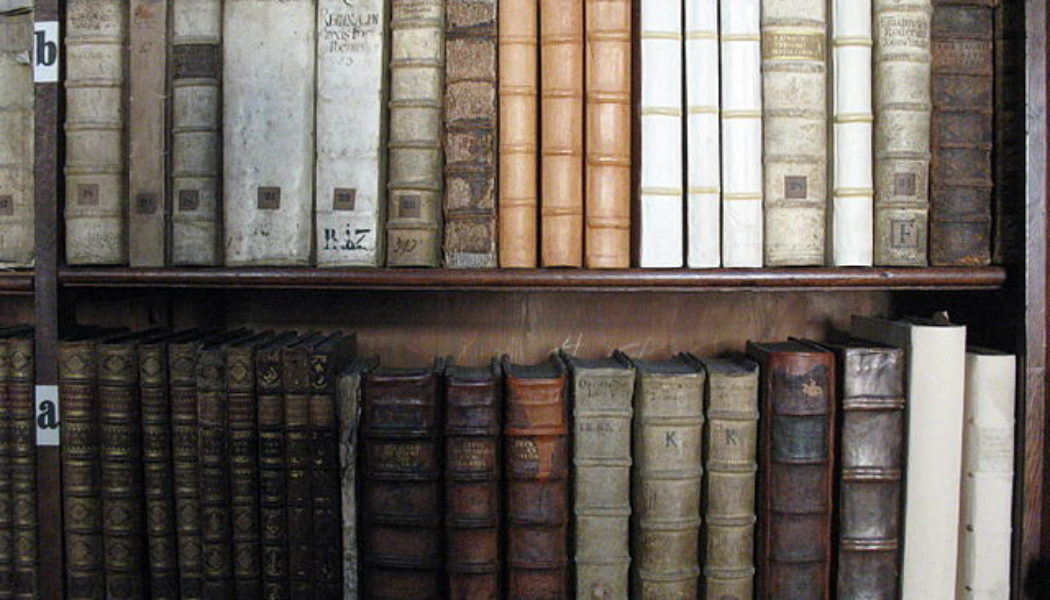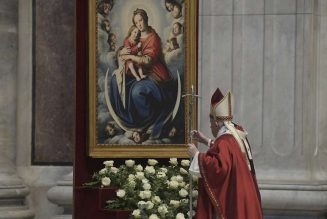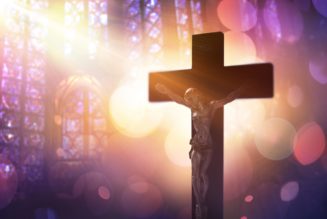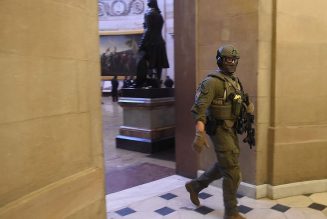
What’s the point of reading fiction? Wouldn’t it just be better to read works of theology and the spiritual life? Well, I wouldn’t replace spiritual reading with fiction. Novels and shorts stories, however, do make a contribution to Catholic life and culture by engaging our imagination in a vicarious engagement with human action, exploring the psychology of characters in a way that helps us to understand human life and our selves more deeply. Catholic fiction adds a dimension of grace, not in overly pious or preachy way (when done well), but in its subtle workings in the midst of suffering and sin. Rather than simply reading about the Catholic life in the abstract, fiction draws us into a concrete exploration of the realities of sin and grace.
I’m often asked where to start when comes to entering into Catholic fiction. I have noticed that some of the classics are not immediately palatable. Instead, therefore, I’d like to offer some starting points of excellent books that are more accessible and provide an introduction to Catholic literature that will enable the reader to move on to more complex and difficult works. This is not my list of the best Catholic novels, or my personal favorites, but a recommendation for ten novels for someone who wants to enter Catholic fiction for the first time. My criteria are: 1) good introduction to a Catholic literary vision, 2) not too long or complex, 3) worth reading, and 4) engaging. The list starts from those that are easiest to access, in my opinion at least, and moves to those what are more challenging.
Willa Cather, Death Comes to the Archbishop, 1927.
It may sound odd, but I recommend starting with a non-Catholic author. You would never know it from the novel, however, which is based on the letters of Bishop Machebeuf, the first Bishop of Denver, who Cather renames Vaillant. She convincingly captures the Catholic milieu of New Mexico and the spiritual struggles of two great pastors, while opening up the Catholic past of the beautiful Southwest and the courage of the Church’s pioneers.
Louis de Wohl, The Joyful Beggar, 1958.
Catholic novels often focus on the saints and de Wohl is known for writing many of them. He is an engaging and enjoyable writer, starting out as a secular screenwriter, although he is not known for as much depth and complexity as other novelists. He provides a very convincing setting for medieval Italy and the person on St. Francis both, enabling the saint’s conversion and radical vocation come to life. He contrasts Francis with the worldly glory of the Emperor Frederick II by employing a fictional character of the Count of Vandria to connect them. Although it focuses more on compelling action and dialogue, there are moments of genuine spiritual power in the novel.
Graham Greene, The Power and the Glory, 1940.
When I teach Catholic literature I often start with this novel. Cardinal Newman described literature as a history of fallen humanity. Greene’s novel about socialist persecution of the Church in Mexico shows how a heroic impetus can coexist with moral weakness and slavery to sin in the same priest. The novel expresses an overarching theme in 20th century Catholic literature: the power of grace manifesting itself in weakness and sin. It suggests ways in which Christ’s grace remains operative even when the Church and the Christian seem defeated by both external and internal foes.
Michael O’Brien, Father Elijah, 1998.
This is the first Catholic novel I read in high school, when it was first published. Works in the apocalyptic genre often fall flat and fail to convince, although in this case O’Brien plausibly weaves together details of the modern world into events from the Book of Revelation. I like it better than Robert Hugh Benson’s Lord of the World, a more famous work in this genre. Father Elijah struck a cord with me when I came out as I had just returned from Poland, the homeland of the main character, who also travels to Italy and the Holy Land, where the confrontation with the antichrist occurs.
Gertrud von Le Fort, The Song at the Scaffold, 1931.
This novella bore remarkable fruit, inspiring Bernanos to write a movie script, which, although it was never produced, turned into a play and an opera libretto, set to music by Poulenc. Von Fort plausibly enters into the psychology of the religious life, especially during the difficult moment of the persecution in the French Revolution. The courage and readiness of the sisters in the face of death provide a relevant witness. It employs a fictional character Blanche to draw out the terror of the Revolution and the power of grace to overcome it through martyrdom.
Steven Faulkner, The Image: A Novel in Pieces, 2021.
Many of the novels on this list engage the past. It’s an important way to draw forth the Catholic tradition and our holy figures. Faulkner’s contemporary work employs this strategy too, leading us back to the period of iconoclasm in the Middle East, although he ingenuously intertwines this ancient narrative with a modern one, drawing Lebanon and the United States together, as an icon made of little stone pieces. The construction and preservation of an icon come to symbolize the struggle to come to and preserve faith.
Evelyn Waugh, Helena, 1950.
You shouldn’t approach this novel strictly as biographical as there isn’t much of a record to go on for St. Helena’s life. The Empress moves from the excitement of young love to being sidelined by her husband’s Constantius’s political career to being drawn into the orbit of her son Constantine’s tumultuous reign. Not able to stomach palace intrigues, Helen finds her own way, which leads her to the Holy Land to discover tangible expressions of the faith in the relics of the Passion. Waugh deploys his famously elegant style, particularly in the first half of the novel (as the second seems more rushed), tracing the rise of the faith in the Roman Empire through Helena’s own discovery.
Henryk Sienkiewicz, Quo Vadis, 1895.
Why are there so many historical novels on this list? All good novels aim at the same end, no matter the setting: speaking to the interior realities of human life through an engaging narrative and dialogue. Historical settings, such as ancient Rome in the case of Quo Vadis, provide a rich soil for engaging the Catholic imagination. Sienkiewicz wrote many historical novels of his homeland, which I have found quite gripping, all narrating stories of separated lovers. Quo Vadis follows this pattern with the twist that the main character, Marcus Vinicius, discovers the Christian faith slowly, coming to terms with its intellectual and moral demands through his love of Lygia. He must come face to face with Nero and the monstrous persecution he unleashes.
Georges Bernanos, Diary of a Country Priest, 1936.
Some have called Bernanos’s masterpiece a fictional embodiment of St. Therese’s Story of a Soul. A seemingly inept, young priest heroically stumbles through his duties, making hidden impacts. He can’t seem to handle even simple tasks, while making large hidden impressions. Everything he does is misunderstood. Yet, he grows in love and sacrifice through it all. Bernanos finds a way to pull us into a compelling spiritual drama of a hidden holiness.
Walter M. Miller, A Canticle for Leibowtiz, 1960.
As many of my selections have focused on the past, I am ending with one that looks into the future. After a nuclear war, monks find a way to preserve civilization once more, preserving undecipherable scientific information that, when it reemerges, will once again lead to the rise of devastating technology. A truly unique book, Leibowitz’s monks become new St. Benedicts in a hostile environment. Offering a gloomy view of modern society, it also casts hope in the Church’s indestructibility.
There are so many great Catholic novels. These are my recommendations for getting started. There’s so much more to explore, and I’ll write a post in the future on my top 10 novels.








